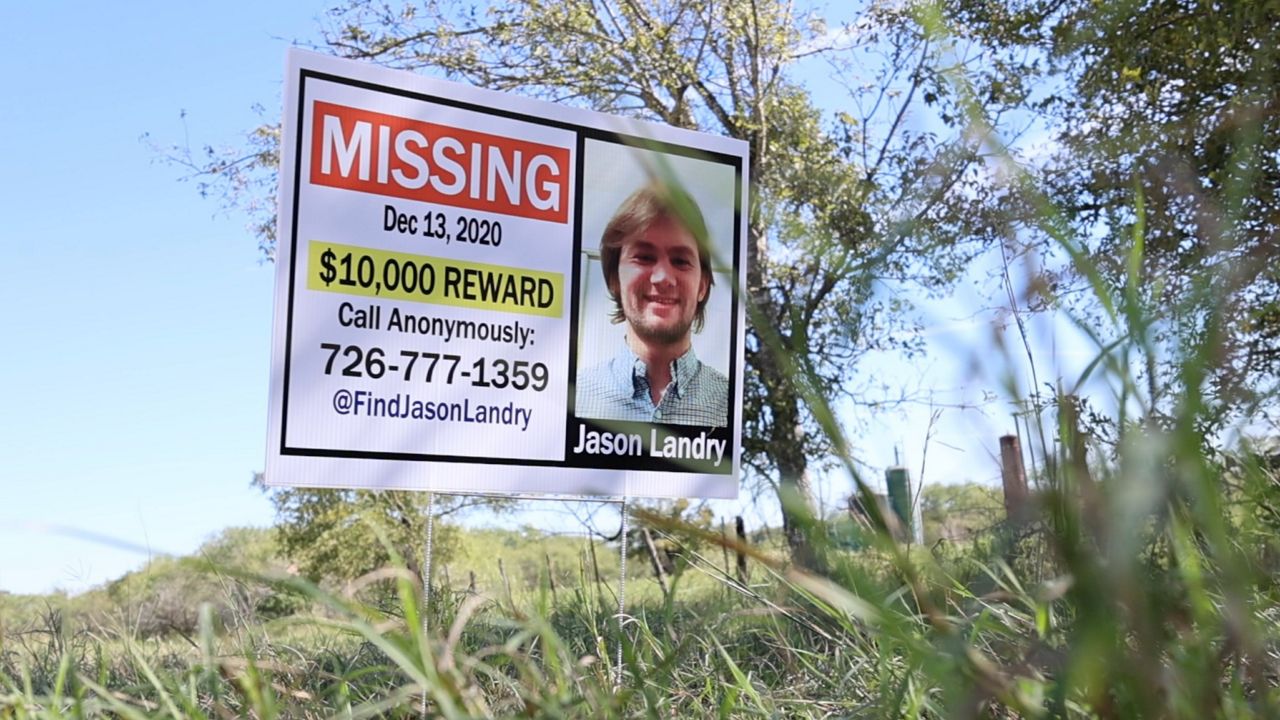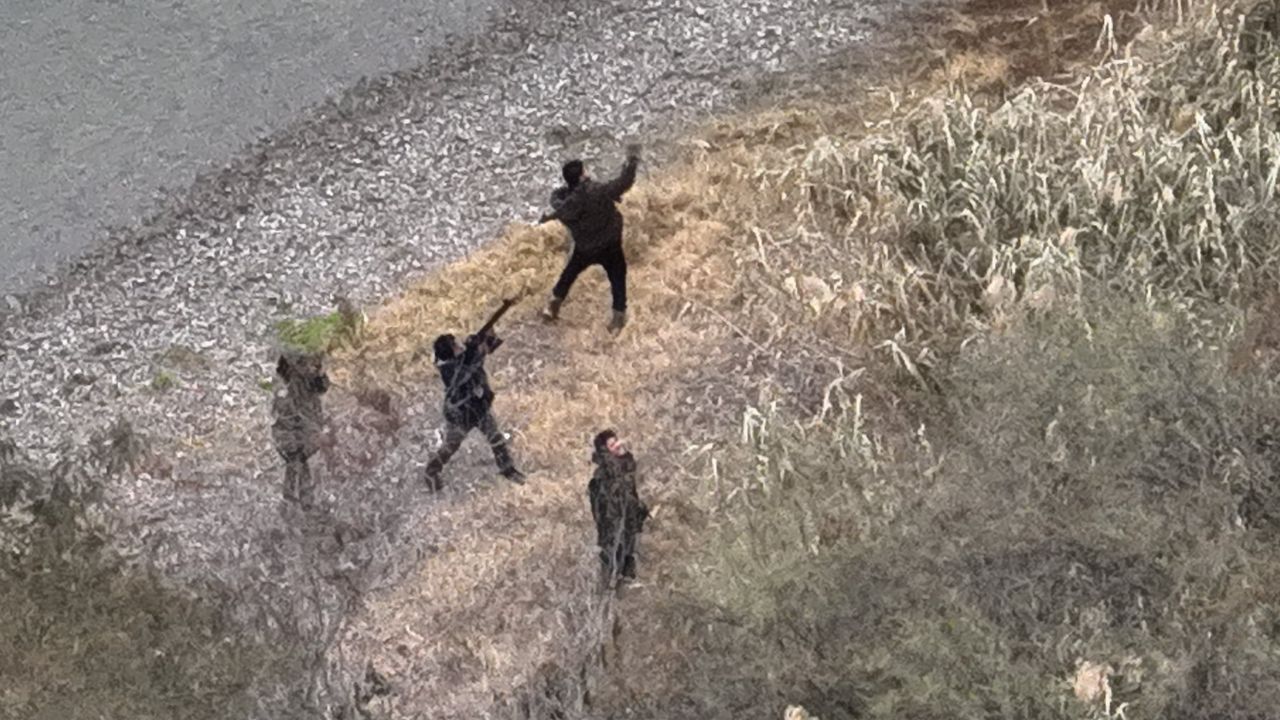AUSTIN, Texas — As this week marks the two-year anniversary of the disappearance of Jason Landry, a Texas State University student who went missing on Dec. 13, 2020, in Caldwell County, the attorney general’s office reaffirmed its commitment to investigating the case.
To continue the search for Landry, the Caldwell County District Attorney’s Office and the Caldwell County Sheriff’s Office (CCSO) requested the Office of the Attorney General’s (OAG) Cold Case and Missing Persons Unit to investigate his disappearance.
According to officials, Landry’s abondoned vehicle was located early in the morning on Dec. 14, 2020. Investigators found the vehicle on a rural road outside of Luling, Texas.
“Since then, OAG’s Cold Case and Missing Persons Unit has conducted a thorough review of all previously known credible information, interviewed multiple witnesses, consulted with experts in digital forensics and accident reconstruction, and obtained a geofence search warrant near the area where Mr. Landry’s vehicle was found,” said the OAG in a press release.
With this analysis and known evidence at the time, the OAG upholds CCSO’s previous conclusions. “Mr. Landry appears to have been involved in a single car accident and there is no evidence to suggest that another vehicle was involved. The search warrant yielded no activity near the crash site and did not provide any additional information,” per CCSO.
The OAG said nothing else was found on Landry’s social media, cellphone or other electronic devices that hint at him planning to meet someone in Luling, and there’s no evidence supporting the purchase or sale of narcotics. Digital technology and forensics tracked Landry from his San Marcos apartment to the intersection of Magnolia and Austin Street. His phone’s last connection was to the navigation application Waze at 11:26 p.m. on Dec. 13 2020.
According to OAG, “Additional data from cell phone towers shows that Mr. Landry likely continued straight on Austin Street instead of turning onto Magnolia Street to get to I-10. Mr. Landry traveled to around 2300 Salt Flat Road where he had a single car accident. OAG has turned over all locational data and cell phone data to an independent phone expert who is analyzing the data for any information that may have been missed by investigators or was otherwise not previously discovered. ”
When investigations first began into the disappearance of Landry, many law enforcement agencies and search and rescue groups covered the area near where his car was found. Line searches, dogs, drones and Forward Looking InfraRed technology were used to try and find him. Follow-up searches came up empty.
Upon OAG’s request, Texas Railroad Commission investigators extensively searched oil tanks in the area and looked into operations reports for anything out of the regular in the reservoir tanks. Nothing odd was discovered.
Landry’s disappearance is still considered an ongoing and active investigation as the Cold Case and Missing Persons Unit continue to do what they can. Anyone with credible information is asked to come forward and contact the unit at coldcaseunit@oag.texas.gov.










